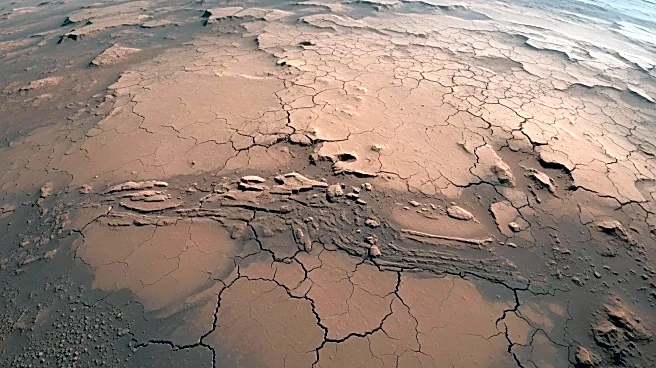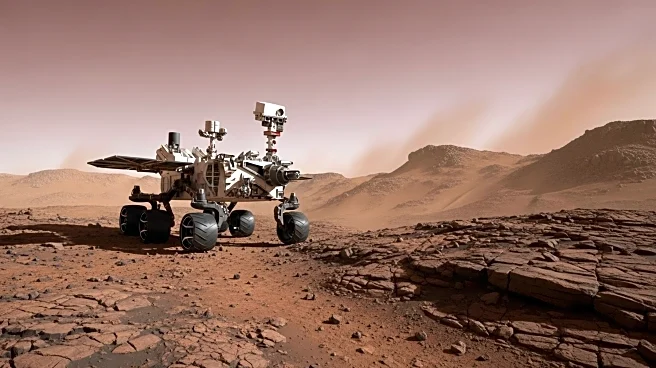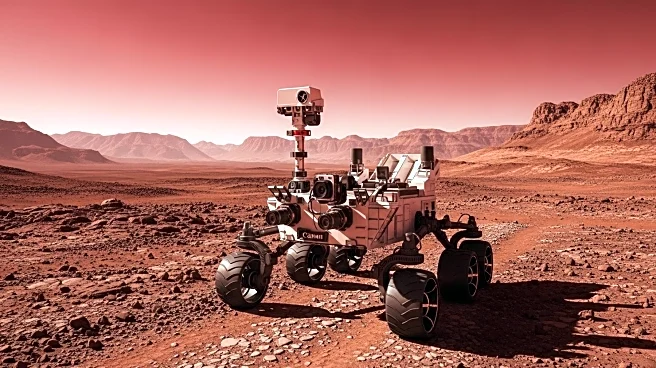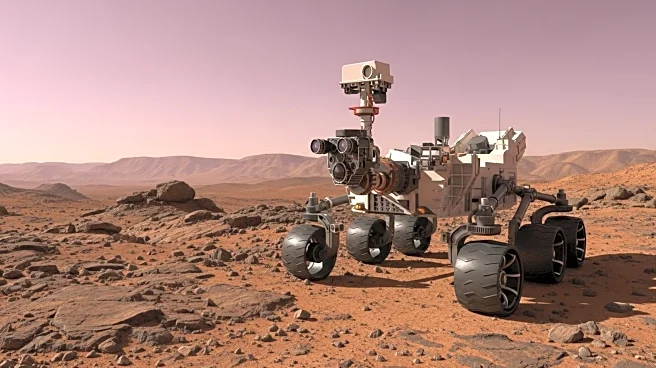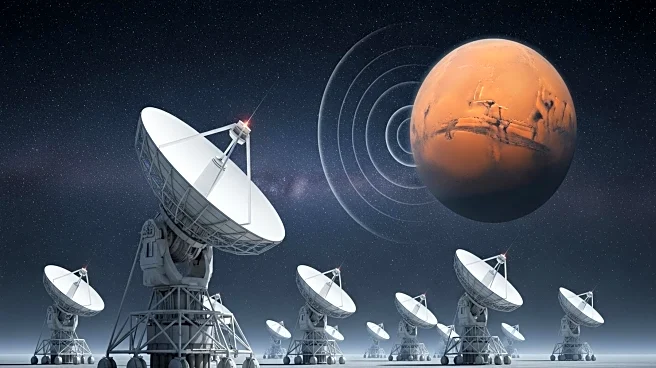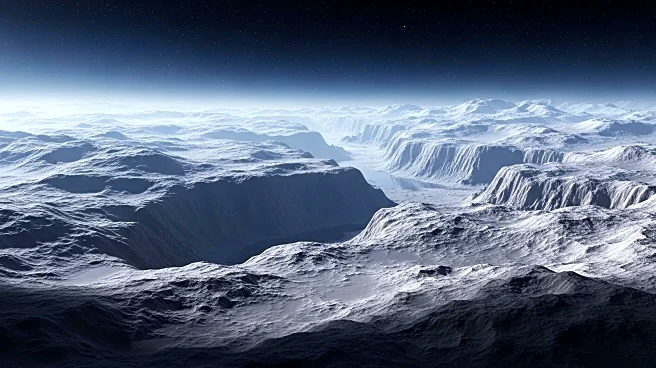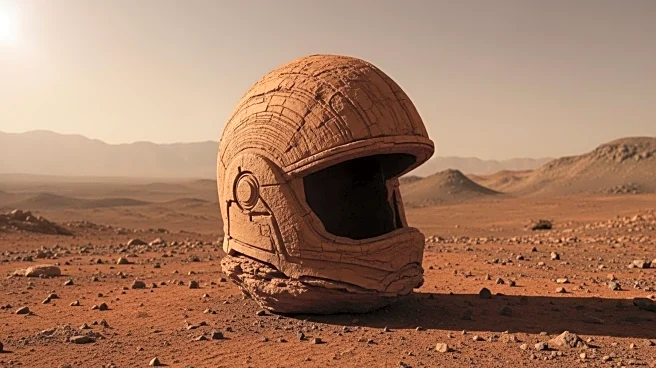Rapid Read • 8 min read
NASA's InSight lander has provided new insights into the composition of Mars' mantle by detecting debris from ancient impacts deep within the planet. These impacts, which occurred approximately 4.5 billion years ago, injected rocky material into Mars' mantle, creating large lumps scattered throughout. The InSight mission, which ended in 2022, recorded 1,319 marsquakes, allowing scientists to study the planet's interior in unprecedented detail. The findings suggest that Mars' mantle has evolved slowly over billions of years, preserving ancient fragments that would likely have been erased on Earth due to tectonic activity.
AD
The discovery of ancient impact debris within Mars' mantle offers significant insights into the planet's geological history and its lack of tectonic activity. This information is crucial for understanding the evolution of rocky planets, including Earth, Venus, and Mercury. The preservation of these fragments on Mars provides a unique opportunity to study the early solar system's impact history and the processes that shaped planetary interiors. The findings could influence future missions and research focused on planetary formation and evolution.
The data collected by InSight continues to be analyzed, with scientists expecting to uncover more details about Mars' interior and its geological history. Future missions may focus on further exploring Mars' mantle and comparing it with other rocky planets to gain a deeper understanding of planetary evolution. The insights gained from InSight's data could also inform the design of new instruments and missions aimed at studying planetary interiors.
The preservation of ancient impact debris on Mars highlights the planet's unique geological characteristics, which differ significantly from Earth due to the absence of tectonic plates. This discovery may lead to a reevaluation of how scientists understand planetary interiors and the processes that preserve geological features over billions of years. The findings could also have implications for the study of other celestial bodies that lack tectonic activity.
AD
More Stories You Might Enjoy
